Investment: Definition, types examples, and how it works in economics

An investment is a purchase of an asset made with the intention of earning a regular income, capital appreciation, or both. An investment helps the investor to grow and eventually build wealth over a period of time. Investing directly or indirectly helps the country’s economy as it increases the country’s ability to produce.
“Investment” as a word comes from the Italian word “investire” which means “to commit money in order to earn a financial return”. An Investment is done to generate day-to-day income or make a decent one-time profit. Other than this, people have other reasons too. For example, some people do it because their investment gives them a tax exemption, while some are just fascinated with the lucrative returns.
Investment helps you in generating cash flow. Meaning holding onto your investment makes you money. For example, holding stock pays a dividend or renting a real estate property.
Investing in stock markets from an early age can give a significant boost to your corpus. But the unfortunate truth is, this gem of a habit is much underrated. In India, the majority of people who invest their money do so in bank F.D’s, gold and real estate while the stock market has given more returns historically compared to any other asset class.
An investment can be defined as an act of investing money into an asset with the intention of earning profit. Investment is a method of putting your capital into buying a specific thing at a lower price and selling it at a much higher price in the future. There are all types of investments according to an investor’s financial goals and risk-taking capacity. Some tend to be more volatile compared to others. Therefore, an investor should only invest in assets that he understands better. As a term, investment is strongly attached to stocks, bonds, or real estate. But investments can be made in other things as well, such as ETFs, mutual funds, commodities, cryptocurrencies, etc.
What is an investment?
Investment is an activity of buying assets that generate regular income or long-term capital appreciation. Investors invest in assets and this helps companies to raise capital to do business. Investment is therefore a practice that helps both business owners as well as investors.
Investment is a good, item, or thing that an investor buys in the hopes of creating a potential income or future wealth. The investment value of an item or a thing appreciates over the medium to long term. These investments are also called the “Assets” of the investor. This also helps in creating a regular cash flow for an investor.
The habit of investing money also helps the economy of a nation. Investing in the stock market, for example, makes funds available for big corporations to scale their businesses. This in return generates more employment.
Different investors manage their investments differently. Keeping only one kind of investment and not diversifying or keeping your money parked in various investments with no decisive asset allocation can be dangerous. A healthy portfolio is always very well diversified and the fund is distributed to each investment purposefully or in other words, according to the risks and goals of the investor.
What are the examples of investment?
There are all sorts of examples of investment in the financial markets. Some examples are riskier compared to others. Each investment has its own characteristic. An investor has to study all the variety of investments and choose the one that matches his goals and risk-taking capacity. Here are the top 3 choices that an investor has –
- Equity investment – Equity investment means to buy equity of a company or in other words, when an investor buys shares of a company, he is essentially buying that company’s equity. This type of investment is considered as risky as shares tend to be volatile.
The benefits an investor gets while investing in equity is long term capital appreciation and regular income through dividends. An investor can invest in equities either from his own demat account or by investing in mutual funds or ETFs. An example of how equity investing works would be –
An investor buys 100 shares of a company called ABC limited which is trading at 100rs. After a year, the stock price of the company has appreciated and is trading at a price of 150 rs per share. Other than this, ABC ltd also declared a dividend of Rs 2 per share every quarter. The capital invested was Rs 10000. After one year, the investor’s capital has turned into Rs 15800. So, the ROI (Return on investment) this investor has been able to generate is 58%! This is including the dividends he received during the year.
- Debt investment – Debt investment means to buy bonds issued by the government or a company. Bonds are fixed-income instruments which help companies and governments to raise debt from the public to fund their own projects. Debt investment is considered to be one of the safest investments.
The investor lends the money to the issuer and in return, the issuer has to pay a fixed or floating rate of interest annually on the initial investment made by the investor. On the maturity day, the issuer has to return the initial amount to the investor. Example of how debt investment looks like –
A company named XYZ ltd issues a 10-year-bond of Rs 100000 with a 5% coupon rate. When an investor purchases this bond, it means that the XYZ ltd has to pay 5% annually till the date of maturity. After 10 years, the investor will receive his initial investment of Rs 100000.
- Real Estate investment – Real Estate investment means investing your money in residential or commercial properties, Buying land or buildings etc. Just like an equity investor, a real estate investor also enjoys the long-term appreciation of the property along with a regular source of income through renting. For example –
Mr. A buys a flat but does not intend to live there himself. So he rents the place out and receives a monthly rate from his tenants. While Mr. A receives monthly income, the value of his property also appreciates.
Other types of investment avenues include fixed deposits, mutual funds, futures and options, and investing in commodities like gold and steel. Investors can research what type of investment works for them and make investment decisions prudently.
What types of investments are considered assets?
Investment types are considered assets when they either appreciate in value over a period of time or generate a regular income for the investor or both. All investment types are assets but not all assets are investments.
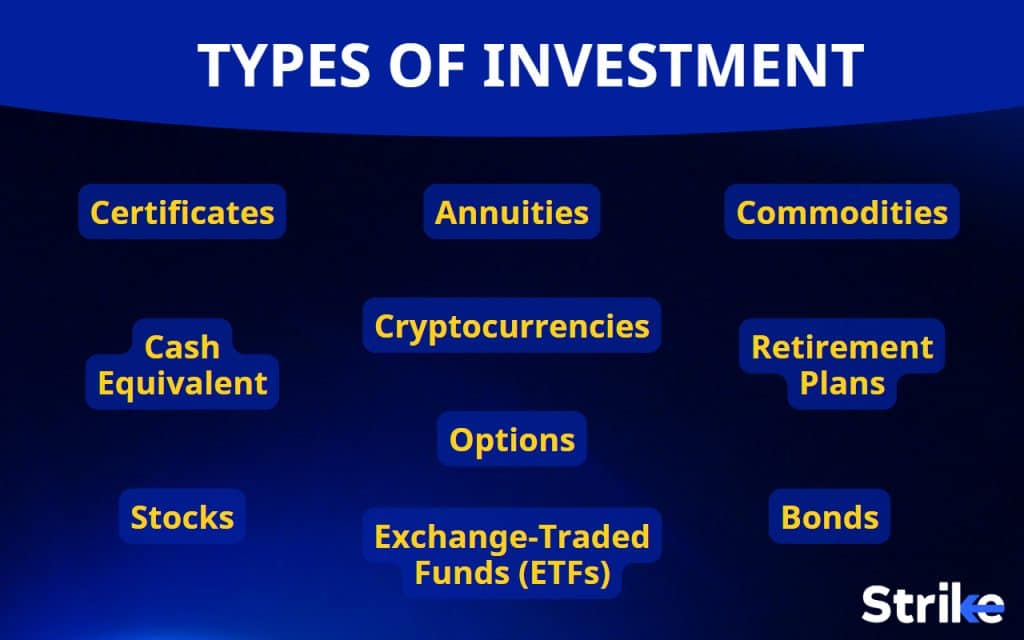
Let us differentiate the types of investment considered assets from the type which are not.
Types of investment which can be considered as an asset –
Real Estate, stocks, bonds, mutual funds, ETFs, etc.
Investments like these can be called assets because they either grow your money in the longer term or provide you with a regular income.
Types of investment which cannot be considered as an asset –
Mobile, laptop, house, car, etc.
These investments give you utility and save you time but they do not grow your money passively. This is why they cannot be considered as an asset.
What is the goal of an investment?
Investment is mainly done by investors for three major goals. They are safety, income and growth. But they are very subjective and investment goals have to be evaluated based on things that an investor wants. An investor can pour his capital into various assets to achieve different sets of goals. These goals differ from person to person according to personal choice or lifestyle but the underlying things which an investor looks for in any investment remain the same.
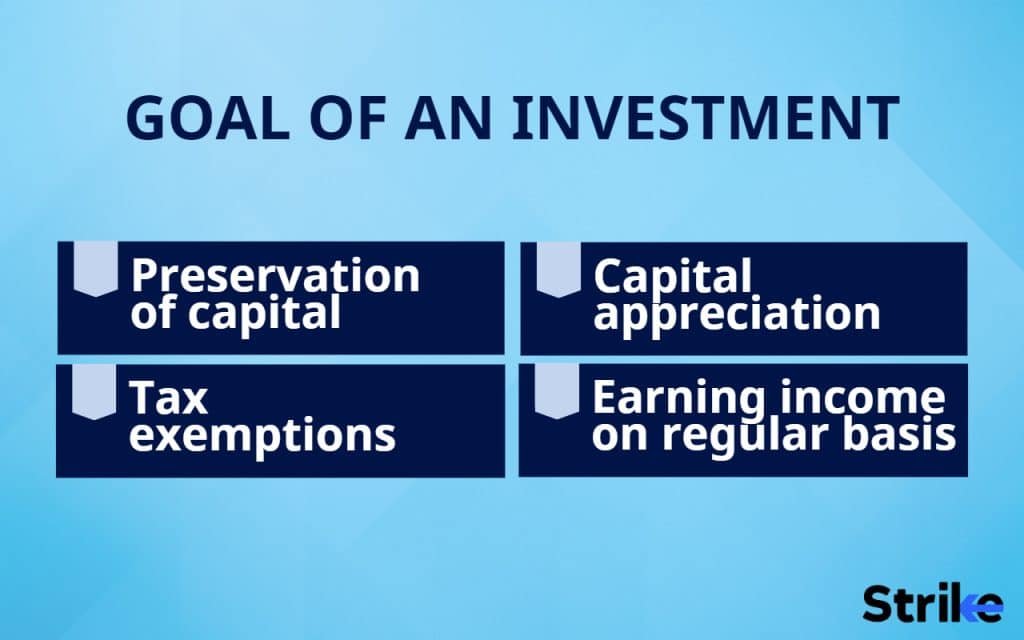
Here are four examples of investment goals –
- Preservation of capital – First step to making money is to never lose any money. Preservation of capital is the primary objective of any investor. If you want safety and can compromise on the returns a bit, then investing in bonds can be a good choice for you.
- Earning income on a regular basis – Every investor wants his investment to make an income for him on a regular basis. Investors reinvest the income earned back into the investment. Stocks and bonds are good examples of assets that make money for investors frequently.
- Capital appreciation – Capital appreciation happens over a long period of time. Investors have to be patient for years to enjoy the magic of compounding. Some of the assets that make your capital grow are stocks, real estate, mutual funds, etc.
- Tax exemptions – Some investors invest in a variety of products just to minimize their income tax. Some examples of this would be the ELSS tax savings fund, NPS, etc.
Where do investment resources come from?
Investment resources come from domestic money as well as foreign money. Investment resources are said to be foreign when the money is invested through foreign institutions. The future returns on investments like these also go outside the country. It is observed that when the savings rate increases, the investment rate decreases and vice versa. A healthy balance of these two is needed for a stable economy.
How does the investment work?
Investment works in order for an investor to make a profit. Investment works in relation to multiple factors such as the overall economy, monetary policies, changes in laws, etc. An investor invests his capital in various assets with the hope of appreciation of value over a period of time. But, the factor of uncertainty is always there when you are an investor. As long as your investment is doing well you will earn some profits but if the value of your investment starts decreasing, you will start to face huge losses.
Investment is also a mode of raising up capital for various businesses. Even the government issues bonds to collect funds from the general public. In other words, you can also say that investment bridges the gap between people who have money and people who need money. This is a healthy practice as it enhances the ability of an economy to produce goods and services.
Following is an example of how an investment works in the stock market –
At first, an investor starts to research a company as per his requirements. When he finds an ideal company, he invests his capital considering factors like goals, risk-taking capacity and the investment duration. When a company receives funds like these, it utilizes those funds by expanding its business scale, hiring more skilled people, improving the quality of its service, bringing in new initiatives, etc.
As a result of this, when the company starts to do well, more investors are attracted to investing in its shares. And the rise in demand for shares results in the rise of its price. On the other hand, when a company seems to be performing weak, investors may dump their shares to make an early exit and book decent profits. This leads to a drastic fall in the price of shares which eventually results in some investors experiencing heavy losses. Funds received through investment help companies in various aspects. As businesses grow, so does the economy and the cycle repeats.
What are the benefits of investing for investors?
There are numerous benefits of investing for an investor. The benefits of investing can be seen in an investor’s financial life and it can also be seen in an economy broadly.
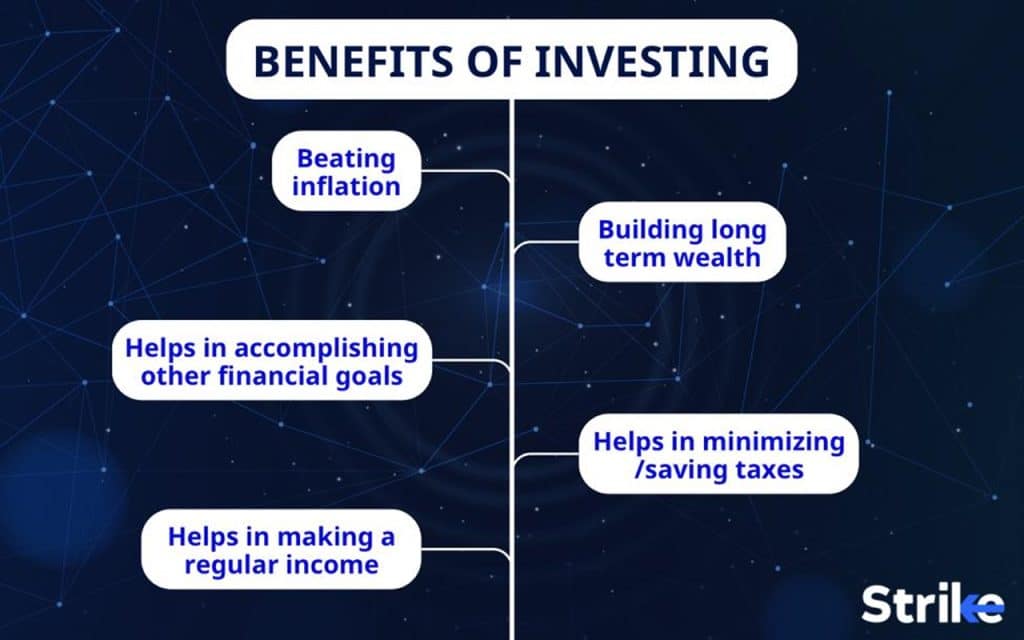
Here are 5 major benefits that investing offers to an investor –
- Beating inflation – Most people do not realize this but keeping all your money in a savings account can make you poor. Idle cash loses its value over time because of inflation. The average annual inflation has been around 3-5%, this basically means that without doing anything your money will lose 3-5% of its purchasing power every year. Investing can be a great way to deal with inflation. Many investment tools offer more returns than inflation. Investing in such assets makes you inflation-proof.
- Building long-term wealth – Assets like stocks and real estate can appreciate manifolds in value over a long period of time. Investing in such assets helps an investor to build long-term wealth. This requires patience and confidence in the property or stock you are holding.
- Helps in making a regular income – One of the biggest advantages of investing is that it makes your money work for you. Meaning, it makes money for you passively. Investments like stocks offer you dividends, real estate investment can earn you rent, etc.
- Helps in minimizing/saving taxes – There are many funds and schemes issued by the government through which, general people can minimize/save their income tax. ELSS mutual funds and NPS schemes are prime examples of this.
- Helps in accomplishing other financial goals – You can invest in numerous assets to fulfill goals such as your first international trip, first car, marriage, kid’s education fees, retirement fund, etc. The investment enables you to save and grow your money so that you can accomplish your other financial goals.
What are the risks of investing?
The risks in investing have kept many people away from investing their money. The risks in investing cannot be avoided. You can make it manageable, but the risk remains an inherent part of any investment decision you make. Not understanding the investment product before investing your capital can be dangerous.
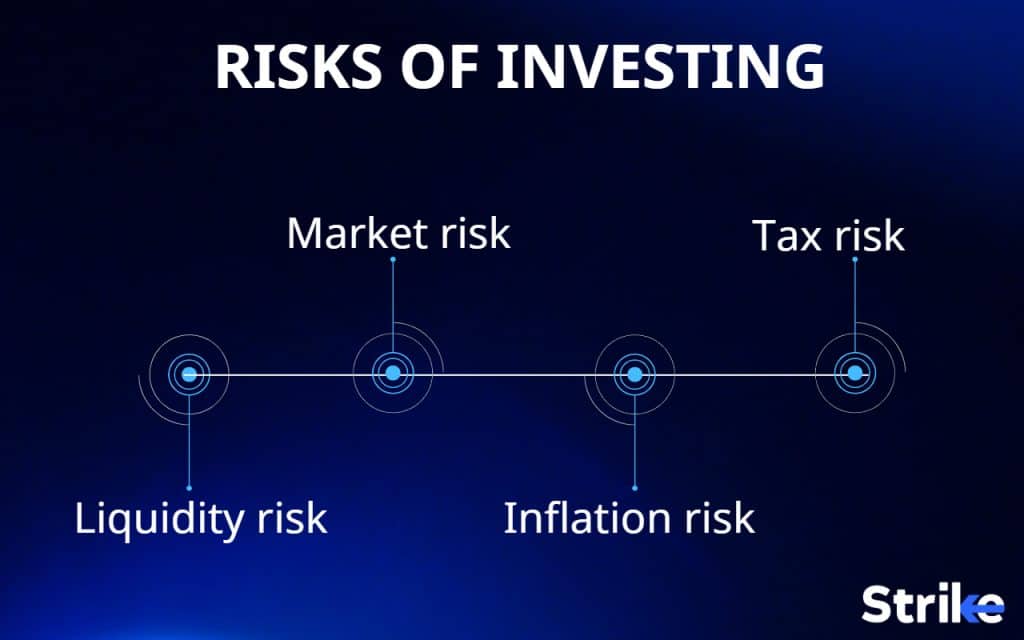
An investor who understands the risks associated with investments is more likely to manage them better in the future.
Here are 4 types of risks an investor faces while investing –
1. Market risk – Fluctuations in investments happen due to a lot of market factors like economic policies, credit policies, interest rate policies, etc. The risk of an investment losing the majority of its value due to a major economic event or changes in policies is known as market risk.
2. Tax risk – Some investments are made for the sole reason of minimizing/saving taxes. If the government decides to change its tax laws, it wouldn’t make any sense for you to stay invested in securities like these and due to this sudden change, you will suffer a loss as a result of a price fall when exiting these securities.
3. Inflation risk – Beating inflation is the biggest reason why people invest their money. As inflation brings down the purchasing power of your money, it is expected that investments will outperform compared to inflation rates. If it fails to generate returns better than the rate of inflation, the investor is considered to be at a higher inflation risk.
4. Liquidity risk – Some investments are less liquid. This puts the investor at risk of not being able to sell these securities at a fair price at the right time. An example of this can be seen in ETFs in India.
What are the riskiest investments?
“Riskiest investment” as a term can be very subjective. Certainly, there are investments out there that are more volatile compared to others but an investor who knows how to handle risk will easily manage any type of investment. Every investment has a different level of risk and hence, diversification also becomes important to mitigate the risks. High risk is always rewarded with high rewards and investors who are willing to take calculated risks always make money.
From an objective point of view, an investment can be called risky based on factors like volatility, fundamental characteristics of the investment, duration of the investment, etc. These investments are also affected by outside factors such as Changes in economic policies, the introduction of new laws, etc.
These are considered as the riskiest investments out there–
1) Penny stocks – Shares of a very small company are called penny stocks. You can even buy these stocks at Rs 5-10 per share. Penny stocks can make you an enormous profit if you are lucky enough to find one right company, but 90% of the time you will end up making huge substantial losses in these stocks due to very high volatility and uncertainty. Many investors have lost a fortune by investing in penny stocks early in their careers.
2) Options – An option contract is a highly volatile derivative that allows you to bet on its underlying asset at a discounted price. An experienced trader uses options as a tool to hedge his positions due to short-term volatility. A novice investor can end up making huge losses using instruments like options.
3) Cryptocurrencies – Cryptocurrencies are digital currencies. Some of them are centralized while some of them are not. These currencies are widely used for online purchases. Cryptocurrency is a super volatile asset class and recently cryptocurrencies lost $2 trillion in value in a market-wide crash! Such is the volatility of this asset class.
How do investment bankers calculate risk?
Investment bankers calculate and manage risk in a variety of ways. Investment bankers are financial advisors of big corporations. They work in banks that provide financial services to big corporate and institutional customers. These banks deal with things like mergers, acquisitions, raising up capital and investing. Here are four of the ways through which investment bankers manage risks at different levels –
1) Legal risk management – It is the investment banker’s job to check whether all the activities in the bank are aligned with the regulatory framework or not.
2) Liquidity risk – Investment bankers have to manage liquidity issues by diversifying investments into various assets. This secures backup funding and limits the cash flow gaps.
3) Market risk management – Investment bankers keep a close eye on outside factors which may have an effect on their investments. Factors like interest rate policies, changes in laws, etc. have an adverse effect on their investments.
4) Operational risk management – Investment bankers have to train staff at all levels in order to eliminate weaker procedures within the bank.
How to calculate the investment return?
Calculating returns on investment is a thing that every investor does in order to assess his investment. This is also called calculating Return on investment or ROI. ROI calculates the total annual return of your investment in a percentage term. Whether you’re investing in stocks, real estate or any other asset class, ROI is useful in terms of evaluating the potential or current returns of your investment. Let’s take an example for better understanding –
Suppose Mr. A has bought 100 shares of a company called XYZ Ltd at 100rs each. After a year, the price of the company’s share appreciated from 100 to 150 rs.
In this case, our formula would be – This comes down to 0.50%. This means that Mr. A’s investment has given him a ROI of 50% on his initial investment.
What are the best investment examples with the highest return of investment?
The best investment example with the highest return on investment has always been the stock market. The stock market has historically beaten every other asset class in terms of ROI. Nifty 50 has given an average return of 12% over the last 15 years.
However, with higher reward comes high risk. This is based on the risk-return tradeoff principle which states that as the risk increases, so does the reward. Stock prices are typically more volatile compared to any other asset class. Investors are lured by the temptation of earning higher returns within a short amount of time.
Stocks are super volatile when it comes to short-term investment. The key generate good returns is to always stay invested in the market. Staying invested in the market helps your money to compound drastically over a period of time and generate higher ROI.
What causes investment to rise and fall?
Investments tend to rise and fall because of external and internal factors. The more an investment fluctuates, the more volatile it is. In other words, investment tends to fluctuate a lot because the very fundamentals on which it is based are uncertain. Let us take a look at 4 factors that affect the price of investments –
1) Investor’s psychology – The investment market is composed of individual, professional and institutional investors. Each of them makes decisions with the set of beliefs they have which can be contrary to each other. As a result of this, people in any market have conflicting views on the prices of assets which makes it fluctuate.
2) Demand and supply – The basic principle of demand and supply plays a huge role when it comes to the fluctuation of prices. Higher demand leads to a rise in the price of an asset and higher supply makes the price of an asset fall. In the stock market, you can see the forces of demand and supply affecting the prices of shares in every given moment.
3) Changes in government policies – Any changes in the government’s fiscal or monetary policy can affect various asset prices. This is because any changes in these policies can affect the net cash inflow and cash outflow in an economy.
4) Wars or natural disasters – Wars or natural disasters create disruption in the global supply chain. This can lead to a rise in inflation and affect the prices of almost all the asset classes around the world.
What is the direct investment?
Direct investment means investing in any investment product through your own analysis and research. In direct investment, an investor does not rely on a third party for any guidance related to his investments and invests solely through his own research. The cost of fees and commissions are saved when you invest directly on your own.
An example of how direct investment works would be – An investor researching for a good stock to buy and hold for the long term. He opens a demat account with a broker. He puts money in his demat account and makes an investment in the stock he picks.
What is the indirect investment?
Indirect investment means investing in any investment product via a third party. In indirect investment, you do not have to do any research and analysis and instead, you let the pros of the game do it for you. You have to bear the cost of commissions and fees in indirect investment. Indirect investment is usually made through mutual funds, pension funds, ETFs, etc.
An example of indirect investment works would be – An investor believes that the IT sector of India is doing really great. He then invests in a mutual fund that actively invests in the best-performing IT companies in India.
How to invest in an industry with optimum investment strategy?
Building an optimum investment strategy to invest in an industry can take a lot of effort. But the process as any other investment process can be explained within a few steps –
Step no. 1. Acquiring knowledge about various industries – An investor always has to research various industries before he commits his capital and settles down with one particular industry. This step will help you in gaining a better understanding of all the industries in the market and how various businesses in these industries are operated.
Step no. 2. Understanding how the finances work in the chosen industry – After getting introduced to many industries, it is time for you to decide and pick any 3 industries which according to you will do better in the future. Try to understand how the fundamental business model is in these industries and how finances work in these businesses.
Step no. 3. Decision – After doing all the research, it is time for you to select an industry that has the potential for higher profit margins, a sustainable business model and scope for future growth.
Step no. 4. Investing according to your goal and risk – An optimum investing strategy is one which helps you in achieving your goal with limited risk. An investor should always accept the inherent risk in investing.
There are mutual funds and ETFs that track various themes and industries in their portfolio of stocks. You can check them out too.
What are the best investment strategies?
The best investment strategies are the ones that help an investor in achieving better returns while considering factors such as age, goals, risk-taking capacity and lifestyle. The best investment strategy can be a very subjective term.
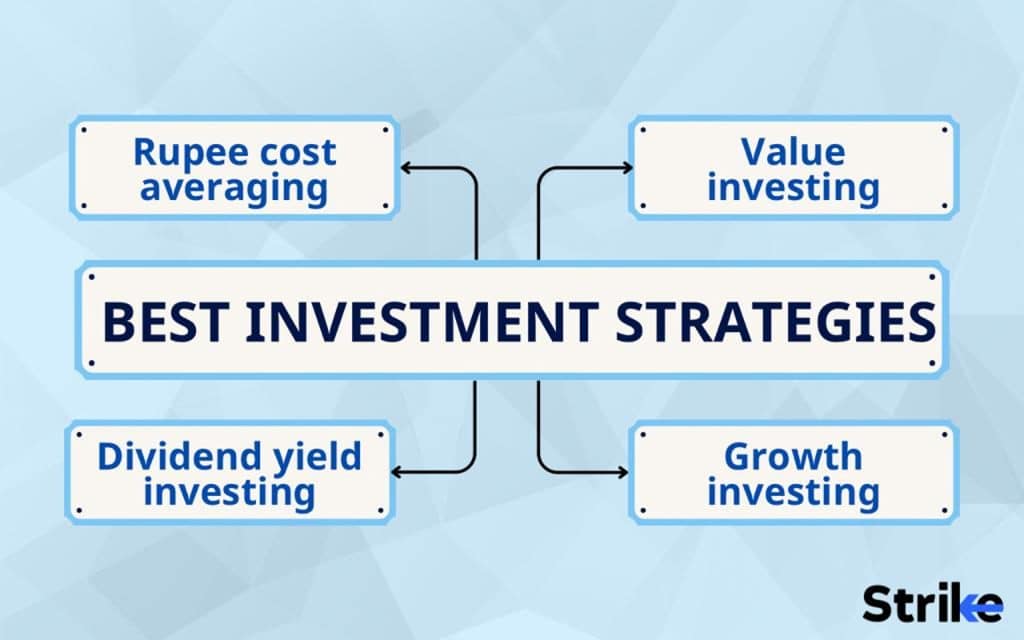
An investor should always use strategies that suit his needs and wants the best. Here are 4 of the best investment strategies –
1) Rupee cost averaging investment strategy – Rupee cost averaging works exactly like SIPs or Systematic investment plans. This strategy is suitable for an investor who has just started. It is a simple strategy in which an investor has to invest a fixed amount at regular intervals into the asset of his choice. An investor investing through this strategy does not have to worry about timing the market.
Rupee cost averaging investment strategy makes you buy more units if the price is low and when the prices are at higher levels, the units bought are fewer. This consistent approach towards investing makes you stay invested in the markets for a longer time and helps you earn substantially higher returns.
2) Value investing – Value investing requires you to have a fair knowledge of companies’ financials and fundamental business models. In this investment strategy, an investor looks for bargains or sales in the prices of stocks that are actually worth a lot more than the current price. The actual price of the stock is estimated by uncovering the asset’s intrinsic value.
3) Dividend yield investing – An investor who’s looking to earn regular income from his capital uses a dividend-yield investing strategy. Dividends are given to investors out of the company’s profit on a per-share basis. In this strategy, an investor buys the stocks of a company that gives out higher dividends more frequently.
4) Growth investing – The growth investing strategy is one of the oldest strategies used by investors worldwide. This active investment strategy requires an investor to constantly look out for companies that are growing consistently. This way, investors’ money gets invested into some of the fastest-growing companies that have higher chances of generating better returns within different sectors.
An investor using this strategy should have enough experience and also have a fair understanding of the earning potential of companies.
What factors should be considered when investing?
A variety of factors should be considered when investing as they help in assessing whether the investment is aligned with the investor’s goals and risk-taking capacity. Analyzing and planning investments make it much easier for an investor to put in his capital and stay invested for a longer period. Here are 5 of the factors an investor should consider while investing –
1) Expected return – You should always set an expectation standard when it comes to your investment. In order to achieve your financial goals on time, it is important that your investments should perform as you expect them to be. Any underperformance for a longer period of time indicates that it is time for you to book your investment and find a better alternative.
2) Asset allocation – Asset allocation is one of the most important factors to consider when it comes to investing. Asset allocation basically means to allocate a specific portion of your capital into different types of investment instruments like debt, gold, equity, etc. The amount that would go into each investment instrument is decided by an individual investor’s goals and risk-taking capacity. For example, a younger investor would invest large portions of his capital into equity while an older person would not want to take much risk and invest mostly in debt.
3) Risk-taking capacity – An investor should always pre-define his risk in every investment. The most common mistake investors do is to hold onto loss making investments. Predefining the risk helps an investor to realize the right time to exit a loss-making investment. Always remember that an investor who knows how to manage risk always earns the best returns.
4) Volatility – Volatility refers to the frequent change in the price of an asset. An investor wanting to invest in high-risk investments should be ready to endure high levels of volatility. One way to manage volatility is to diversify your investments into various asset classes.
5) Liquidity – Liquidity means the ability of an asset to be convertible into cash. The higher the liquidity of an asset, the easier it is to convert it into cash. An investor should always invest in liquid assets. Illiquid assets put the investor at risk of not being able to sell them at a fair price at the time he wishes.
How can I make my own investments?
Investing on your own when you haven’t invested before may seem like the toughest thing to do. But don’t worry. After following these five simple steps you will be ready to invest in no time!
How a beginner should start investing in five steps –
1) Opening a trading and Demat account – The first step is to open a Demat account with an online broker. Brokers act as an intermediary between you and the stock exchanges. You’ll be able to buy and sell securities through your Demat account.
2) Deciding financial goals – As an investor, you should always be clear about the motive behind all of your investments. Financial goals depend on factors like age and lifestyle. Investing in instruments which align with your goals is the key. If your goal is to build a retirement corpus, then investing your money into cryptocurrencies does not make sense.
3) Risk-taking capacity – Risk-taking capacity is also determined by factors like age, investment capital and experience. Predefining risk helps you in having a clear exit point if something goes wrong. As a beginner, you should just dip your toes in water and increase your capital exposure as you gain expertise.
4) Choosing investment strategy – An investor should always choose an investment strategy which suits his personality. Meaning, if you’re a conservative person, investing in passive funds would be an ideal investment strategy for you.
5) Diversifying for reducing risk – Diversifying is the process of not putting all your eggs into one basket. Investors diversify their portfolio by investing various sorts of assets. This reduces the risk associated with any one type of asset.
Who is eligible to invest in the stock market?
Almost everyone is eligible to invest in the stock markets. To be more specific, the eligibility of an individual to invest in the stock market is determined through 3 criteria –
1) Qualifications for investing – There is no such qualification when it comes to investing in the stock markets. A Ph.D. holder can invest in the markets and at the same time, a person who has never gone to school can invest too. You just need a Trading and Demat account to start investing in the Indian stock markets.
2) Requirements for investing –
- An investor should have a Trading and Demat account with a broker.
- An individual should have a PAN card to open a Trading and Demat account. If an individual is a minor, then he can send the documents of his guardians.
- An individual should have the capital to invest.
3) Skills needed for investing – To become a successful investor, one must have the following skills –
- Mastering emotions
- Being an active consumer of financial news
- Developing the sharp analytical ability
- Knack for researching
- Being patient
What are the types of investment?
There are broadly ten types of investment in which an investor can deploy his capital. Different types of investments can be volatile when compared to others. This variety in investments can create confusion among investors.
To avoid being confused, establishing certain goals and knowing your risks as an investor will give you much clarity in selecting asset classes. If you are still confused, the following are the ten types of investment from which you can compare and select the investment of your choice –
- Stocks –
Stocks are essentially a portion of the company’s ownership. Generally known as shares or equity, a company’s stock gives its investor the right to collect the dividend and the right to vote in the company’s meetings. Shareholders are called the real owners of the company.
Investors can buy stocks of the listed companies through the stock exchanges where they are traded regularly. An investor enjoys a regular income via dividends and if the company does well, he also benefits from the long-term appreciation of the stock as the valuation of the company increases.
Stocks are broadly classified into 3 categories, that are –
A) Large-cap stocks –
Companies that are listed and have an estimated market capitalization of > RS 30,000 crores are called large-cap companies. Large-cap companies are the 1st-100th companies in terms of full market capitalization on the stock exchange.
Moderate risk takers prefer these stocks because the volatility in these stocks is less compared to mid-cap and small-cap stocks. Investors also prefer large-cap stocks because the liquidity of these stocks is very high.
B) Mid-cap stocks –
Companies that are listed and have an estimated market capitalization between RS 13000-30000 crores are called mid-cap companies. Next in line, mid-cap companies are the 101st-250th companies in terms of full market capitalization on the stock exchange.
Investors who are willing to take risks and know what they are doing invest in mid-cap stocks. These stocks are highly volatile and the liquidity is moderate.
C) Small-cap stocks –
Listed companies having an estimated market capitalization of < RS 13000 crores are called small-cap stocks. Small-cap companies are the 251st onward companies in terms of full market capitalization on the stock exchange. These stocks are very risky and investment in these stocks should be avoided by beginners. Small-cap stocks are super volatile and the liquidity of these stocks can be low.
2) Bonds –
Bonds are debt/fixed-income instruments used by the government and corporations for raising money from the public. An investor who deploys his capital in bonds is guaranteed a fixed percentage of return on his investment annually. In other words, bonds are a loan taken by the government or companies from the public. This is why bondholders are called the creditors of the company.
The investment period of a bond can range from 5-15 years. Bonds are considered safer compared to stocks as they are first to get paid in case the company goes bankrupt while government bonds are considered to be the safest. You can buy bonds from stock exchanges.
Investors mainly invest in 2 types of bonds –
- Government bonds –
Bonds issued by the government are called government bonds. Government bonds are considered to be one of the safest investments as the government never defaults on paying its debtors. The rate of interest earned here can be low compared to corporate bonds.
- Corporate bonds –
As the name suggests, bonds that are issued by companies are called corporate bonds. Corporate bonds offer higher interest rates compared to government bonds. Companies issue bonds because the bond markets are more favorable according to their interest.
Here are the contained details of a bond –
- Face value – Face value contains the sum of money assured by the issuer to the debtor at the time of maturity.
- Coupon rate – The coupon rate is the rate of interest the issuer is willing to offer to the debtor.
- Maturity date – As the name suggests, the maturity date is the day when the bond will mature and the debtor will get the sum assured as per the face value of the bond.
3) Cash equivalent –
Cash equivalent is short-term investment securities that offer low to moderate rates of return. Cash equivalents are highly liquid, they are one of the most used investment instruments right after bonds and stocks.
Investors prefer parking their money as cash equivalent because it generates more returns than just idle cash. On the other hand, many people do not invest in these securities with the argument that the return this security offers is pretty low compared to all the other investment options available.
3 types of cash equivalents are –
- Short-term government bonds – The government issues short-term bonds to collect money from the public to finance their projects. As the government looks to raise money from within the country, these bonds are issued in domestic currency.
- Commercial paper – Companies use commercial papers to look for funds to fulfill their short-term payment obligations. Just like bonds, these papers have a maturity date written on them too.
- Marketable securities – The maturity period of marketable securities is very less compared to all other cash-equivalent instruments. This makes marketable securities more liquid which means that it is much easier to convert them into cash.
4) Certificates –
An investment certificate is an investment instrument issued by an investment company or brokerage firm to offer decent returns. These certificates safeguard investors’ capital. Just like bonds, an investor investing in this type of certificate is guaranteed a rate of return for a predetermined period. Some investment certificates also have the option to choose a variable rate of return based on the current interest rates in the economy.
As the terms and conditions of investment certificates differ according to the company issuing them, they can have various term options. The investment period of certificates generally ranges from 3 months to 3 years.
5) Exchange-traded funds (ETFs) –
An exchange-traded fund is an instrument that contains and tracks a basket of securities at one time under the same fund. Exchange-traded fund copies the performance/return of its benchmark. ETFs and mutual funds work in a much similar fashion. Prime differences between ETFs and mutual funds are
- The price of ETFs fluctuates just like stocks as they are also traded on the stock exchanges regularly. While the price of the mutual fund only changes once a day.
- Investors are attracted to passive ETFs because their expense ratio is much cheaper compared to passive mutual funds.
ETFs cover the vast majority of asset classes. It can contain a list of a thousand stocks or just one particular industry. Impressively, An ETF can also have instruments from different asset classes bundled together in a single fund. For example, multiple ETFs contain debt, gold, and equity all three within a single fund. This simplifies the process of diversification for an investor.
Here are some of the types of ETFs –
- Currency ETFs – These ETFs track the performance of currencies. It contains various pairs of currencies. This type of ETF is preferred by investors to hedge their portfolios. Traders also speculate in these funds at the time of major events.
- Commodity ETFs – Similar to currency ETFs, commodity ETFs contain various commodities under the same fund. This type of ETF also acts as a perfect hedging tool for investors.
- Bond and stock ETFs – A bond ETF contains various graded bonds. Unlike actual bonds, these ETFs do not have a maturity date. These ETFs provide a regular source of income for their investors.
Stock ETFs can track stocks from multiple industries as well as stocks from the same sector under the same fund. An investor in these types of ETFs is very well diversified into multiple industries or within the same industry.
6) Retirement plans –
Retirement plans are a must-have for every individual out there. Retirement plans require you to decide a specific sum amount that you’ll need for the rest of your life when you retire. Starting investing for that amount right now is a smart thing to do.
A retirement plan is also called a pension plan. Most of these plans deploy your money into safe to moderate asset classes. The process here is such that an investor invests money in these plans till the age he retires. After his retirement, according to his plan, the investor will either receive his retirement corpus all at once or will only receive a portion of it and the remaining amount will be paid to him every month.
Almost every private/public bank in India has its pension plans. But one retirement plan which I would recommend is called NPS or national pension scheme. It is a retirement plan managed by the Pension Fund Regulatory and Development Authority (PFRDA).
Key features of NPS scheme are as follows –
- The employer invests the same amount as the employee has invested in the NPS.
- You can claim a deduction for an amount up to RS 150000 under 80CCD. Also, another RS 50000 can be claimed as a deduction too.
- The returns generated through this scheme do not attract any type of tax.
- NPS schemes have given an average return of 9-11% annually over the last 10 years.
7) Options –
Options are mostly used for speculation. Options derive their value from their benchmark stock or index through the use of option greeks.
These instruments are super volatile and deploying your money into these instruments without knowing what you’re doing can be very risky. Experienced investors use options as a hedging tool against their portfolios.
Owning an option contract gives the buyer a right but not the obligation to buy/sell a security at a decided price within a specific period.
8) Annuities –
Annuities are a great way to create a steady smooth regular cash flow when you are retired. Unlike other investments, an Annuity is a contract between you and an insurance company.
An insurance company sells you this plan in exchange for a lump sum amount or partial payments set over a period of time. Then the company deploys the capital taken from you in various funds. The return generated through these funds is given to you in the form of regular payments. One thing to note here is that the money received from annuities is subjected to income tax.
Annuities that start paying you immediately are called immediate annuity and the ones which will start to pay on a predetermined date in the future is called a deferred annuity.
Here are 3 types of annuities –
- Fixed annuity – This type of annuity guarantees a fixed sum with a fixed number of payouts. The only downside of this feature is that the returns generated in this annuity are pretty low.
- Variable annuity – Variable annuities let you decide the type of mutual funds you want to invest your money in. It then pays you based on the performance of your investment.
- Indexed annuity – Indexed annuities guarantee a minimum payout too, but a portion of your capital here is tied to the performance of a stock index.
9) Cryptocurrencies –
Cryptocurrency is a digital currency and the transactions done with these currencies are recorded on a digital ledger which is distributed across a wide network of computers. Cryptocurrencies are used for making investments and also for online purchases.
When it comes to other investments, all of them are regulated by some authority. But in the case of cryptocurrencies, some are unregulated while some are regulated by companies.
These currencies have been controversial from the time they were first introduced. Cryptocurrencies offer advantages like faster transactions, decentralization of authority, etc. But it does have disadvantages too. For example, excessive consumption of energy for mining, use in criminal activities, etc.
The role of cryptocurrencies is divided into 4 broad categories –
1. Payment cryptocurrency – The aim of payment cryptocurrency is to establish a purely peer-to-peer electronic cash system for making transactions. The supply of these payment cryptocurrencies tends to be limited, so as the supply of these crypto slows down, the value of the currency rises. Bitcoin is probably the most famous example of a payment cryptocurrency.
2. Utility tokens – Utility tokens perform a special function or a specific activity on the blockchain. This is called a use case. These cryptographic assets run on another blockchain. Ethereum can be the most famous example of a utility token.
The major difference between payment cryptos and utility tokens is that there is no limit on the supply of utility tokens. Which makes these utility tokens a bit like the fiat money of a country.
3. Stablecoins – As the name indicates, stablecoins are the perfect investing product for a conservative investor. These currencies are less volatile and a lot safer. Though they are built on a blockchain, they store their value by pegging themselves with physical currencies like the dollar and euro.
4. Central bank digital currencies – In simple words, central bank digital currency (CBDC) is a digital currency issued by the central bank of a nation. CBDCs can either be in a token form or with a digital record associated with the currency. CBDCs are pegged to the domestic currency of their nation.
10) Commodities –
Commodities are one of the perfect hedges and almost every experienced investor has it in their portfolio. Commodities offer yet another perfect opportunity to diversify your money into inflation-proof assets.
Investing in commodities as a process goes back hundreds of years. People have been investing in this asset class well before anyone came up with the idea of stocks and bonds. Today, you can buy commodities through derivatives, individual stocks, and ETFs.
Here are two of the commodities to look for diversifying your investments –
1. Crude oil – The whole world’s trade essentially is affected by crude oil. It is the very center of our economy today. However, the price of crude oil can get very volatile at times. You can invest in crude through futures but it is very volatile and beginners should avoid investing through this method. A better alternative would be to buy crude oil mutual funds or ETFs.
2. Gold – People have been collecting or investing in gold for generations! Gold has been the go-to hedge against the stock market for a long time. It has been seen that, whenever the stock market is in trouble, gold performs well. This is why most investors prefer to keep gold in their portfolios. For example, you can buy sovereign gold bonds (SGB), and gold ETFs and you can also buy physical gold.
What are the best investments in 2023?
The best investments of 2023 can be a little different compared to previous years. Finding the best investments can get a little tough as the last 2-3 years have not been stable in any way. Interest rates are rising and the world is worrying about an upcoming recession. But on the contrary, on days like these, investors do not seem to have major changes in their portfolios. Their major investments remain the same as most of them have a very long-term view and 1-2 years of trouble is not good enough to make them worry about their investments. This tells us that no matter how bad the time is, good investments will always perform better compared to other assets. Let’s take a look at four of the best investments for the year 2023 –
1) Short-term government bonds – Government bonds are considered to be one of the safest investments. An investor becomes the creditor to the government and by contract, the government is obliged to pay the investor a fixed/floating rate of interest. And on the maturity date of this bond, the government has to return the initial amount taken from the investor. Returns on government bonds can be a bit lower compared to corporate bonds.
2) Real Estate – Compared to stocks, real estate is considered to be less volatile and safe. Real Estate investors also enjoy long-term capital appreciation and regular income via renting their properties. Real Estate is considered to be a great asset in terms of diversifying the portfolio and minimizing risks. You can also invest in real estate through real estate investment trusts or (REITs).
3) Index funds – As the name suggests, index funds are those funds that track the performance of a particular index. These funds are passive funds. Meaning, no active fund manager is required to manage these funds. You can invest in nifty 50 through index funds by investing in mutual funds or ETFs. The operational cost of these funds is less compared to other mutual funds and ETFs. While most fund managers try to beat index returns, these funds track the performance of the index with cheaper commissions.
4) Gold – Gold is the best investment for hedging against the stock market. Gold and stocks have historically proven to have a negative correlation but both tend to appreciate the bigger picture. You can buy gold physically as well as digitally. The most effective way of buying gold is investing in an SGB or sovereign gold bond.
Is investing in the stock market a good idea?
Investing in the stock market is a good idea because historically no other asset class has given better returns than the stock market. Investing in the stock market gives you additional benefits as an investor, such as Regular income in the form of dividends, high liquidity and long-term capital appreciation.
Is an investment considered an asset?
Yes, investment is considered as an asset as the right investment grows in value over time.









 Previous Article
Previous Article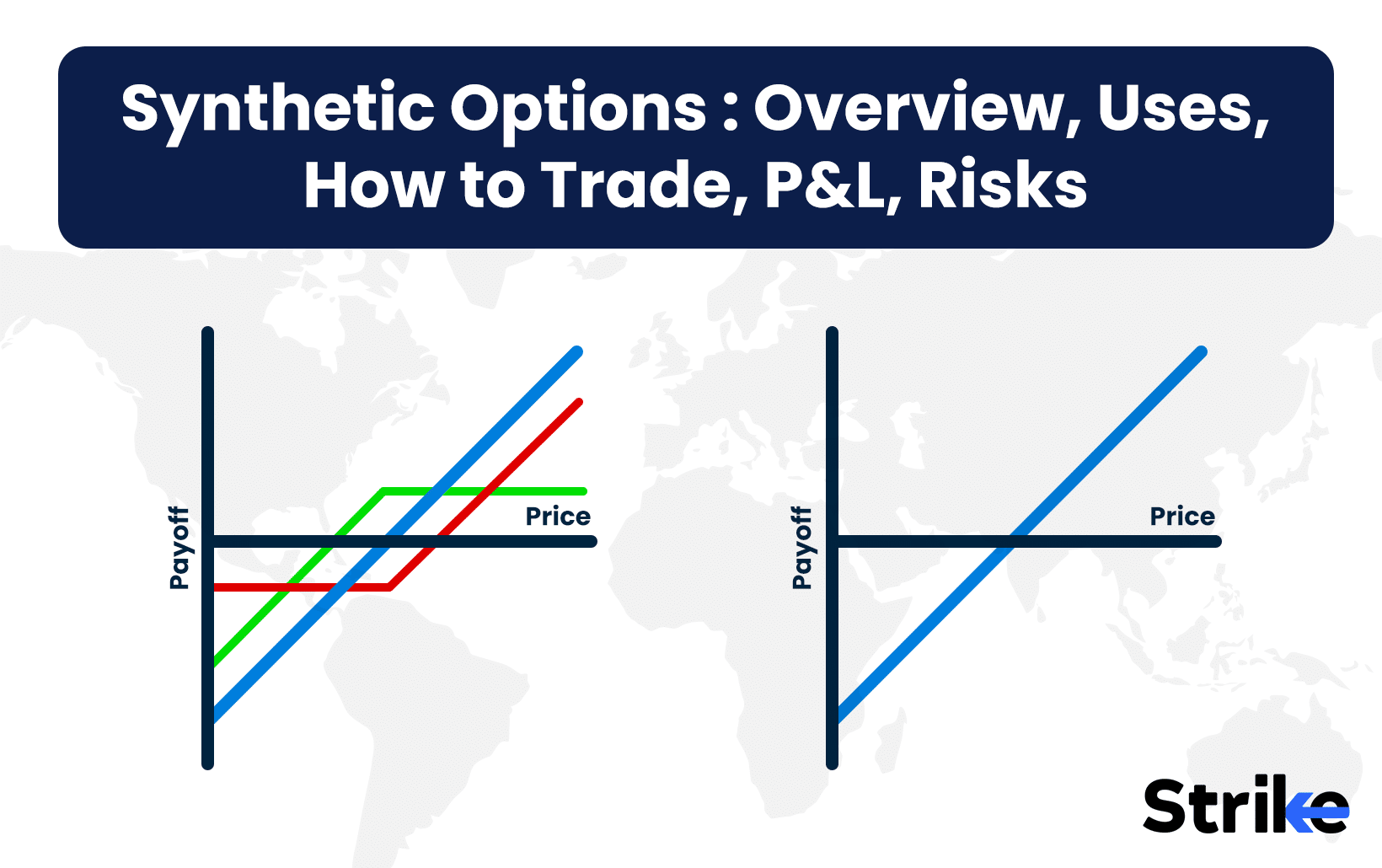
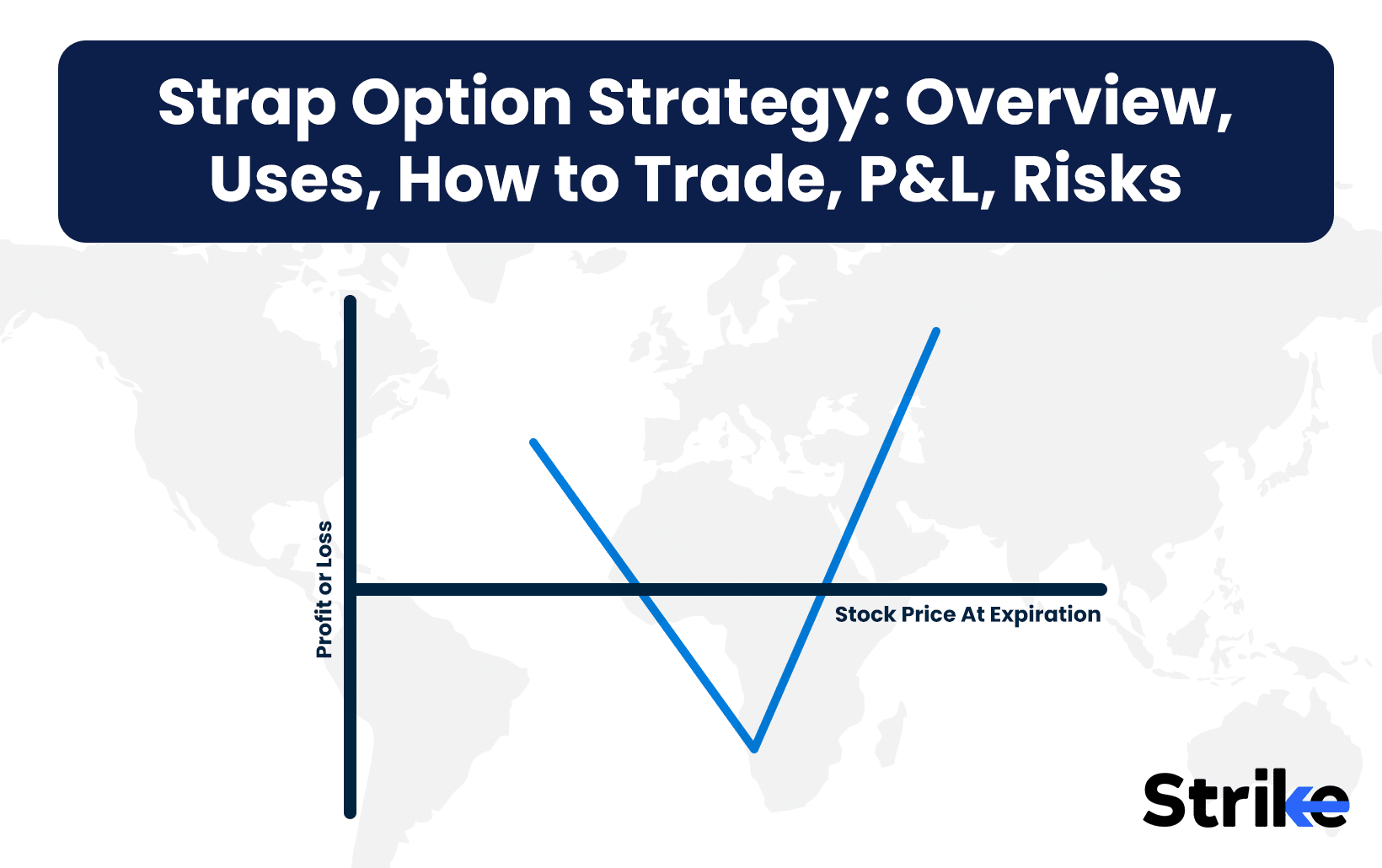
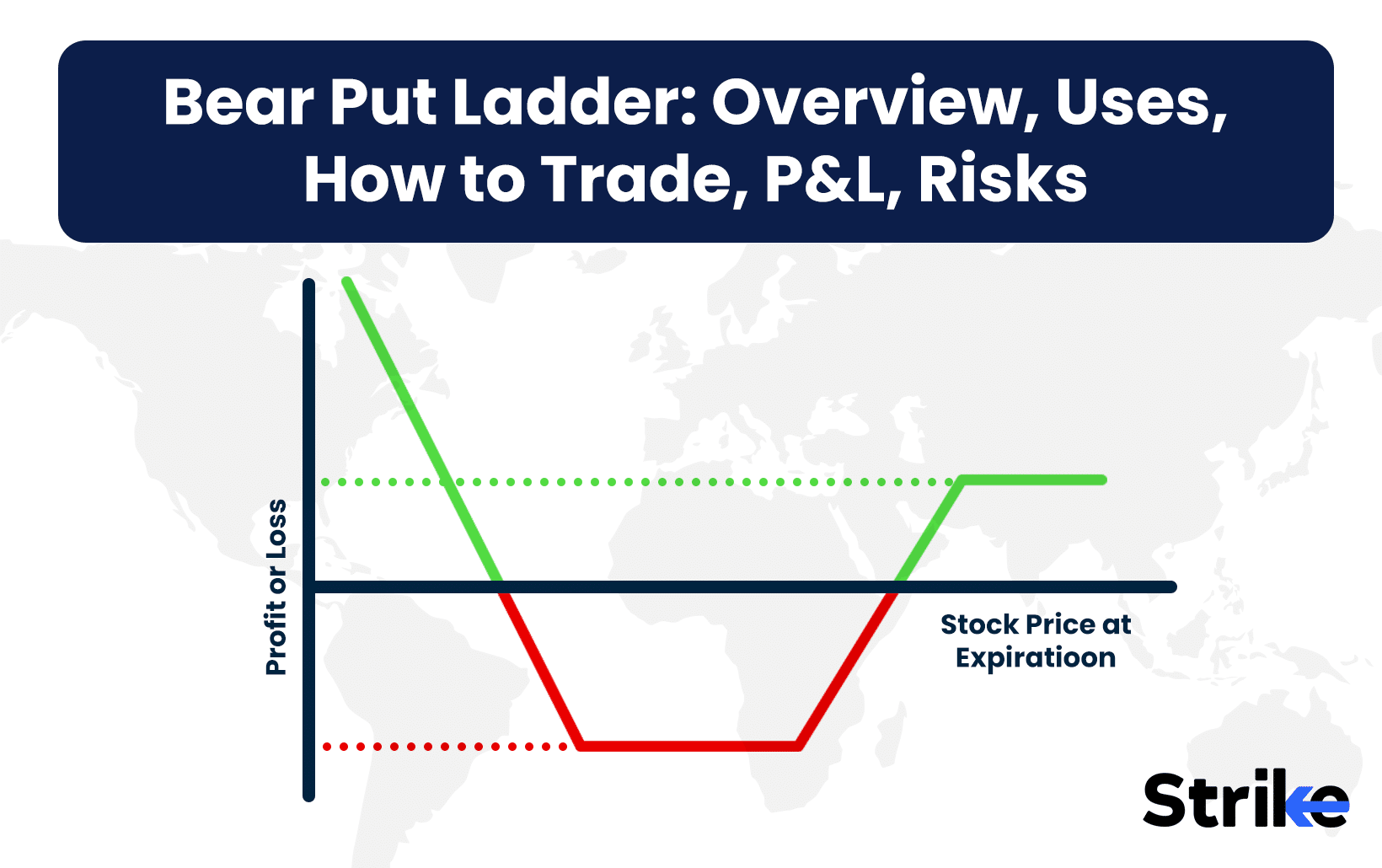
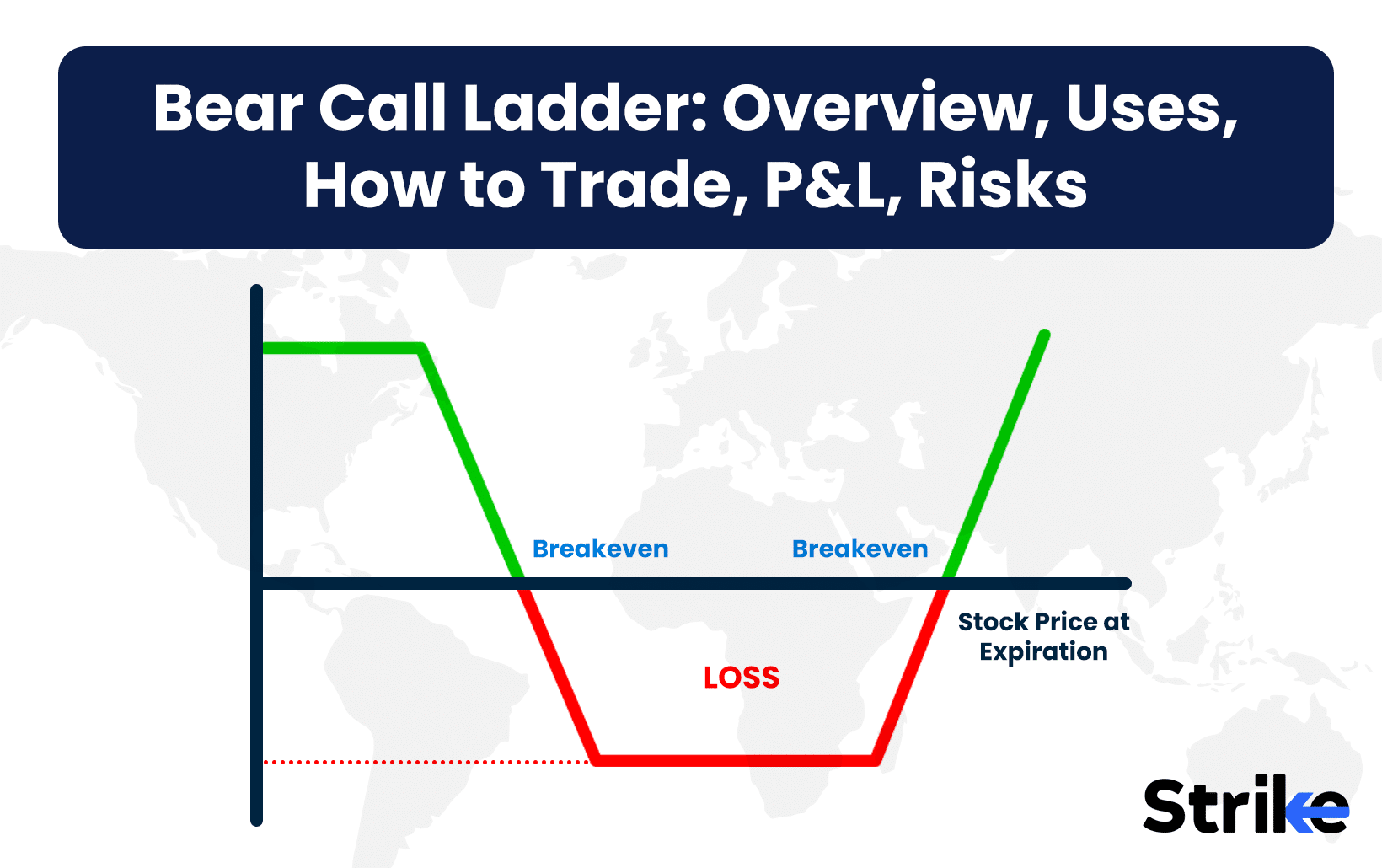

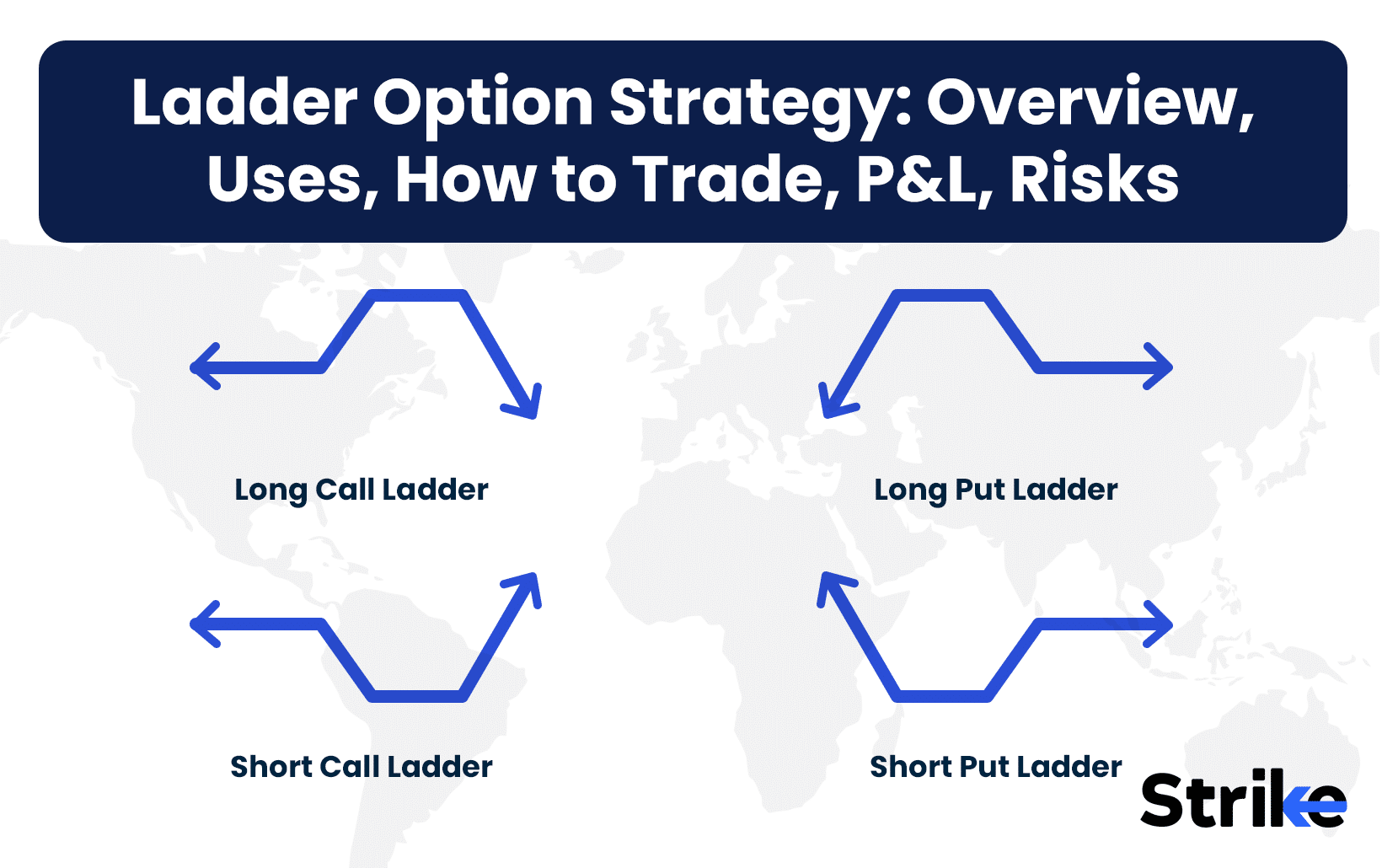

No Comments Yet